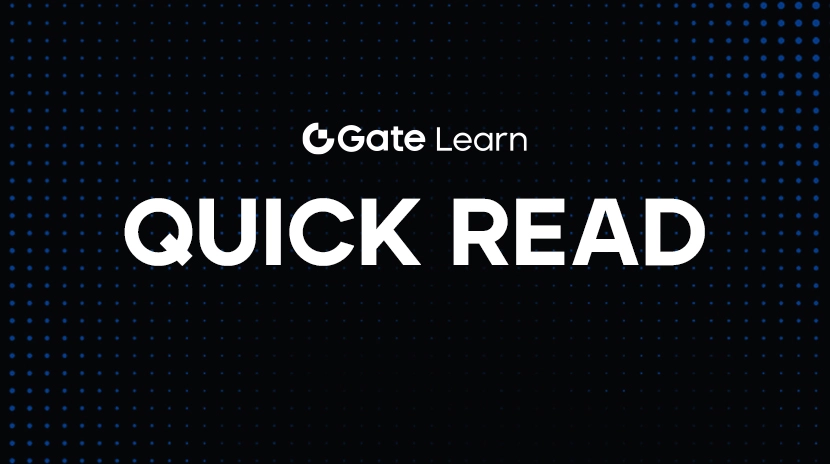Рейтинг кращих: всебічний огляд провідних криптовалютних бірж
Ключові ролі шифрування бірж
1. Конвертація активів та відповідність угод
Обмін шифруванням як торговельна платформа для цифрових активів, що дозволяє користувачам обмінювати фіатну валюту (таку як USD, EUR і т. Д.) на криптовалюти (такі як Bitcoin, Ethereum), або обмінювати різні криптовалюти між собою, автоматично підбираючи купівельні та продажні ордери за допомогою системи ордер-бук.
2. Послуги кастодійного сховища та підтримка гаманця
Деякі біржі також пропонують вбудовані послуги гаманця, які дозволяють користувачам зберігати та управляти своїми криптовалютними активами на платформі, такі як веб-гаманець Web3, наданий Gate.com, який підтримує управління мульти-ланцюговими активами, взаємодію з DApp та функції торгівлі криптовалютами, допомагаючи користувачам безпечно та зручно брати участь в децентралізованому екосистемі.
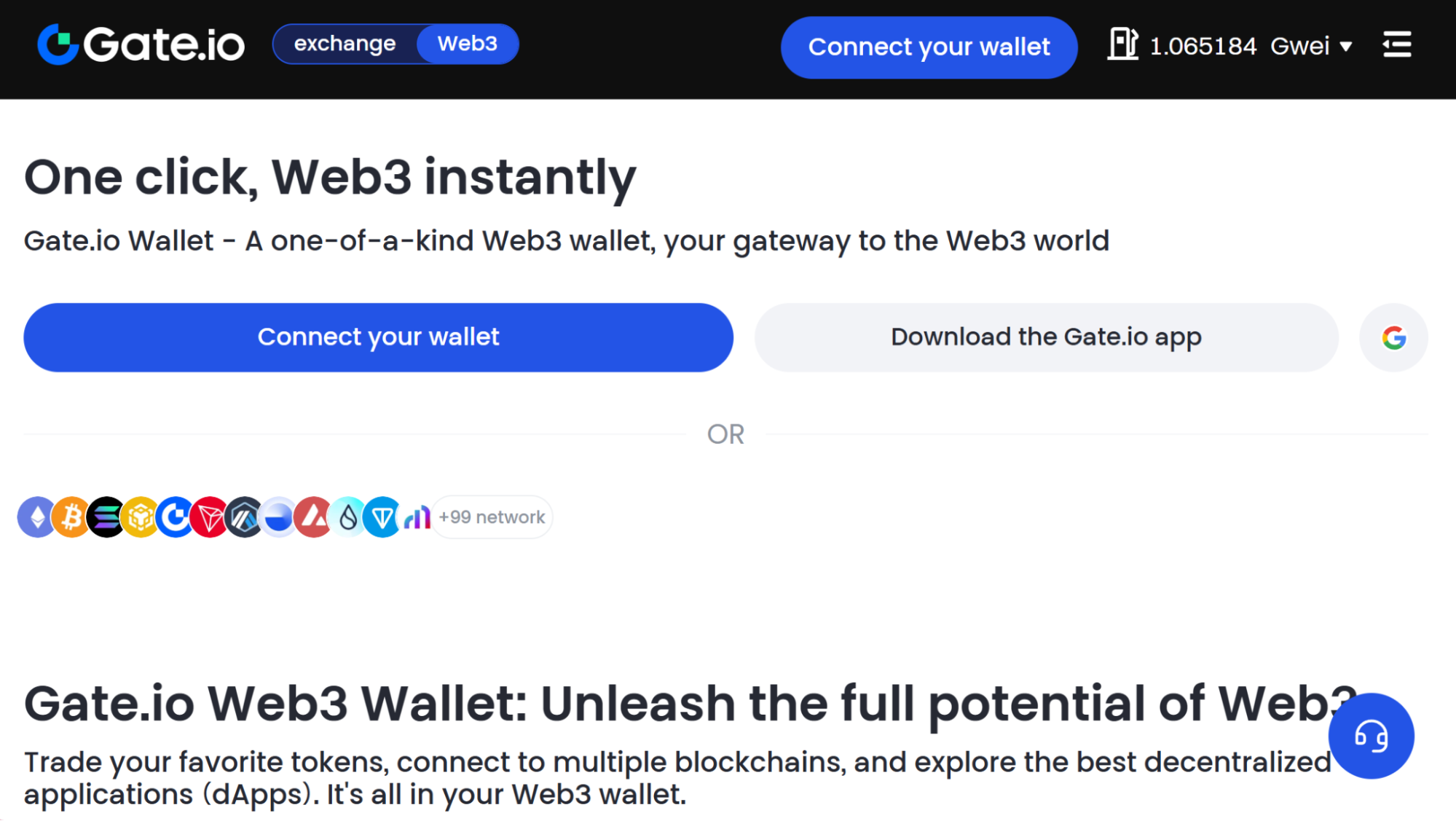
Gate.com пропонує вбудовану функціональність гаманця Web3 (Джерело зображення:https://www.Gate.com/uk/web3)
3. Надання ліквідності
Біржа з високою ліквідністю може зменшити коливання цін, спонукати ціни натурально формуватися на основі подання та попиту, агрегуючи велику кількість ордерів на купівлю та продаж. Крім того, біржі збагачують торгові пари та задовольняють різноманітні потреби користувачів шляхом введення нових валют та проведення торгових подій.
4. Фінансові похідні послуги
Для задоволення потреб різних користувачів біржі постійно впроваджують інноваційні фінансові продукти та послуги, такі як торгівля кредитом, ф'ючерсні контракти, послуги застави тощо. Наприклад, Gate.com спрямовується на торгівлю похідними від криптовалют, надаючи ф'ючерси, опціони та постійні контракти на торгівлю Bitcoin, Ethereum тощо; Крім того, біржа також розробила функції, такі як копіювання угод та автоматизовані торгові боти, щоб допомогти користувачам підвищити ефективність торгівлі.
5. Відповідність та захист безпеки
З розвитком ринку шифрування важливими стали відповідність та безпека для функціонування бірж. Тому біржі повинні відповідати законам і правилам різних країн, впроваджувати політику KYC (Знай свого клієнта) та ПЗГ (Протидія відмиванню грошей), щоб забезпечити законну та відповідну діяльність платформи. У той же час біржі також застосовують кілька заходів безпеки, таких як зберігання в холодному гаманці, багатофакторні підписи, системи контролю ризику тощо, для захисту безпеки активів користувачів.
Критичні фактори вибору обміну
Безпека: Біржа повинна мати ідеальні механізми безпеки, такі як зберігання у холодних гаманцях, двофакторна аутентифікація, захист від рибалки, тощо, щоб запобігти хакерським атакам;
Структура витрат: включаючи торгові комісії, витрати на виведення та приховані витрати, серед яких платформи з низькими ставками значно можуть зменшити витрати на довгострокову торгівлю;
Підтримувані типи активів: Високоякісні біржі зазвичай підтримують різноманітний спектр монет, охоплюючи основні та потенційні проекти, що відповідають потребам інвесторів;
Досвід користувача: Чіткий інтерфейс, повна функціональність та швидка відповідь є основними критеріями оцінки, а підтримка кількох мов та інші деталі також можуть покращити досвід користувача;
Відповідність: Представляє надійність та стабільність біржі, вибір платформи з дійсною ліцензією та дотримання місцевих політик KYC/AML.
Огляд провідних централізованих бірж
1. Binance
Обсяг торгів за 24 години: близько 74.3 мільярди доларів
Щомісячні відвідування: близько 59,3 мільйона
Короткий огляд: Торгова платформа з найвищою глобальною часткою ринку, що охоплює 200+ країн та регіонів. Її переваги полягають у великому виборі валют, низьких комісіях, комплексній системі продуктів (spot, futures, Launchpad, управління багатством та ін.), та прискорює процес відповідності, маючи ліцензії в Дубаї, Франції та інших місцях.
2. Gate.com
Обсяг торгів за 24 години: приблизно 33.2 мільярда доларів
Щомісячні відвідування: 26.9 мільйонів
Короткий огляд: добре встановлена платформа обміну, яка має широкий спектр нових монет і функціонал Launchpad, що підходить для дослідження невеликих монет та нових проектів. Крім того, Gate.com запустив екологічний план Gate Web3 у 2023 році, що підтримує онлайн-гаманці та децентралізовані інструменти управління активами.
3. OKX
Обсяг торгів за 24 години: Приблизно $28.2 мільярда
Щомісячні відвідування: 23 мільйони
Короткий огляд: Провідна платформа в регіоні Азіатсько-Тихоокеанського регіону, сильна ліквідність контрактів, широке розгортання в екосистемах DeFi та Web3 (Гаманець OKX Web3, ринок NFT та ін.); Прискорювати зовнішню експансію в 2024 році та здійснювати регуляторний прогрес у таких місцях, як ОАЕ.
4. Bitget
Обсяг торгів за 24 години: Приблизно 24.6 мільярда доларів
Щомісячні відвідування: 19,7 мільйона
Короткий коментар: З фокусом на угоди про торгівлю та копіювання торгівлі, Bitget відзначив швидкий зріст користувачів. У 2024 році Bitget запропонував екологічну інтеграційну спрямованість 'обмін + Web3 + AI', та збільшив відомість бренду на ринках експорту, таких як Південна Корея, Туреччина та Латинська Америка.
5. Coinbase
24H Обсяг торгів: Приблизно $24.2 мільярда
Щомісячні відвідування: 46,3 мільйона
Короткий коментар: Найбільш відповідна біржа в США, заснована в 2012 році, та внесена до списку в 2021 році (Nasdaq: COIN). Її переваги полягають у високій прозорості і придатності для відповідних інвесторів, особливо привертаючи велику кількість інституційних коштів після схвалення ETF.
6. Gate.com
24H торговий обсяг: близько $23.9 мільярда
Щомісячні візити: 22.6 мільйона
Короткий огляд: Відомий своєю швидкістю лістингу малих монет, Gate.com є однією з перевірених платформ для трейдерів Альткоїнів. Недавно платформа розширила свої продуктові лінії, щоб включити угоди, ЄТФ і Launchpad, і активно розширяється на ринки Південно-Східної Азії та Близького Сходу.
7. Bybit
Обсяг торгів за 24 години: приблизно 23,8 мільярдів доларів
Щомісячні візити: 19 мільйонів
Узагальнення: Торгівля деривативами має стабільність, з продуктами, які охоплюють опції, постійні контракти, заставлене управління багатством і т.д. З 2024 року Bybit покращить процес KYC, запустить фонд захисту користувачів для підвищення довіри до бренду. Вона отримала попередні ліцензії на діяльність у Казахстані та Дубаї.
8. HTX (раніше Huobi)
24H Торговий обсяг: Приблизно $20.5 Мільярдів
Щомісячні відвідування: 16,7 мільйона
Короткий огляд: Після проведення ребрендингу та змін у вищому керівництві, HTX продовжує поглиблювати свою присутність на азійському ринку. Останнім часом вона зобов'язалася побудувати екосистему управління спільнотою через HTX DAO. Однак глобальний розвиток відповідності бренду все ще стикається з викликами.

Найбільша біржа за обсягом торгів (Джерело зображення:Найкращі криптовалютні біржі| CoinGecko)
Топ проекти DEX (Децентралізована біржа)
Децентралізовані біржі (DEX) як основний компонент фінансового екосистеми Web3, переформатовують пейзаж торгівлі цифровими активами за допомогою композиції, високої прозорості та пермісивних характеристик. Згідно з останніми даними у квітні 2025 року, концентрація щоденного обсягу торгів основних платформ DEX продовжує зростати, а провідні проекти DEX показують тенденцію до шарування екосистеми на ланцюжку, багатоланцюжкового розгортання та диференціації продукту.
На даний момент Uniswap V3 (Ethereum) посідає перше місце з ринковою долею 13,3% та щоденним обсягом торгів понад 8,4 мільярда доларів США, твердо утримуючи лідерську позицію в DEX на головній мережі Ethereum. Платформа підтримує понад 1 280 видів токенів та понад 1 800 торговельних пар, ставши основним центром ліквідності для торгівлі активами DeFi. Її високомодульний механізм AMM та модель ліквідності з концентрацією LP широко реплікувалися в різних нових протоколах.
На другому місці за рейтингом Орка є представником DEX у екосистемі Solana, широко використовується через низькі комісії, швидкість торгівлі та відмінний інтерфейс користувача, щоденний обсяг торгівлі перевищує 640 мільйонів доларів, що становить приблизно 10,2% частку ринку, роблячи його однією з найактивніших платформ для ліквідності на ланцюжку Solana.
Canto Dex, з часткою ринку до 8,2% та дуже обмеженим охопленням монет, демонструє типові характеристики 'високої концентрації та високого використання,' що свідчить про те, що платформа має сильну прихильність користувачів та глибокі переваги щодо ліквідності в конкретній екосистемі, роблячи її типовою 'моделлю DEX з фокусом на одному активі'.
В цілому поточний ринок DEX презентує багаторівневу структуру з домінуванням основного ланцюга Ethereum, стрімким зростанням Solana/Layer2 та дотепною роботою довгого хвоста екосистеми. Топові платформи DEX все більше розширюють свою дискурсивну силу в інфраструктурі децентралізованих фінансів завдяки інноваціям механізмів та стратегіям розгортання на багатьох ланцюгах.

Огляд проектів голови DEX (Джерело зображення: Топ децентралізованих бірж, впорядкованих за обсягом | CoinGecko)
Інвестиційні поради на основі платформи
Для інвесторів, які прагнуть до дивідендів на початковому етапі проектів та фокусуються на активах малої та середньої ринкової вартості, вибір платформи з швидкістю лістингу валют та широким охопленням екосистеми є більш критичним. Як провідна глобальна цифрова платформа активів, Gate.com підтримує торгівлю понад 7 700 типами криптовалют, охоплюючи спот, фьючерси, ETF, управління багатством та інші продукти, особливо підходить для виявлення потенційних валют та участі в можливостях раннього інвестування, швидко починаючи подорож шифруванням.
Для інвесторів, які шукають довгострокову вартість, рекомендується надавати перевагу платформам зі строгим дотриманням вимог, безпечним зберіганням активів та високою стабільністю. Загалом, великі біржі мають строгі системи контролю за ризиками та зрілі правові структури, що робить їх підходящими для утримання основних активів, таких як Ethereum та Bitcoin у середньостроковому та довгостроковому плані.
Крім того, трейдери високої частоти та професійні користувачі можуть використовувати біржі, такі як OKX, Bybit або Bitget, які надають глибокі ринки контрактів та системи низької латентності. Ці платформи мають очевидні переваги в похідних та кредитних продуктах, що відповідають складній стратегії та потребам в високій ліквідності.
У стратегіях інвестування інвестори можуть використовувати стратегію управління активами комбінації «гарячого та холодного гаманців» та ввімкнути двофакторну аутентифікацію (2FA), щоб подальш посилити захист облікового запису. Для користувачів із великими розмірами коштів вони можуть надавати перевагу біржам, які підтримують інституційні послуги, API-торгівлю та системи з кількома обліковими записами.
Висновок
Криптовалютні біржі вже не лише торгові площадки - вони перетворюються на повноцінні фінансові екосистеми, які надають послуги зберігання, управління активами, фінансові інструменти та підтримку в сфері регулювання. У цій статті надається всебічний огляд як централізованих, так і децентралізованих торгових платформ, порівнюючи такі характеристики, як обсяг торгівлі, різноманітність активів, різноманіття продуктів та переваги з погляду регулювання.
Для початківців розуміння сильних сторін та ролей основних платформ, таких як Binance, Gate.com, OKX та Uniswap, допомагає збудувати базові знання для формування інвестиційних стратегій. Незалежно від того, чи ви нахиляєтеся до безпеки CEX або автономії DEX, вибір правильної біржі на основі ваших цілей є першим кроком до успішної участі в криптосвіті.
Пов’язані статті
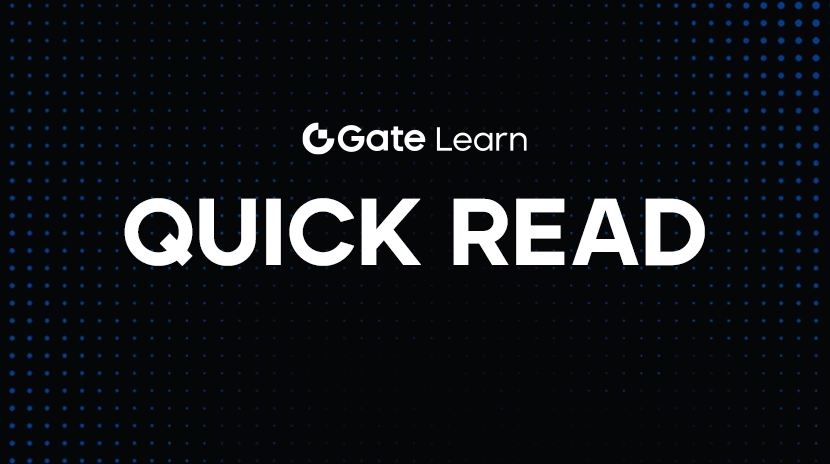
Як високо може піднятися XRP? Як політика криптовалют Трампа вплине на майбутній тренд XRP
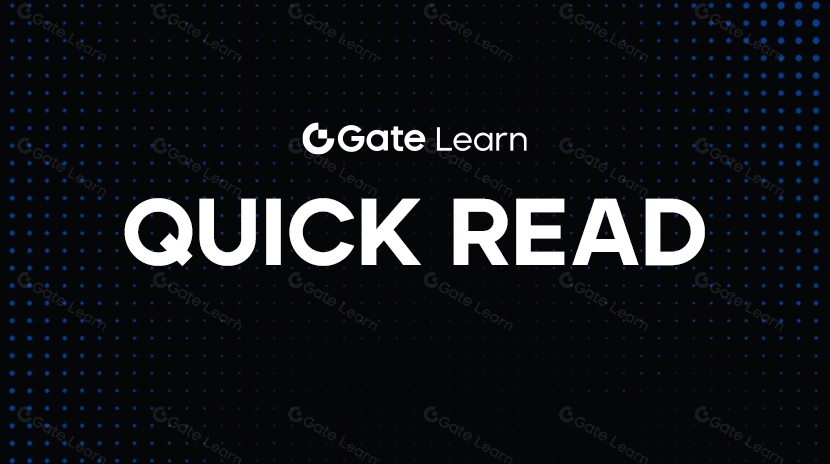
Як продати монету Pi: Посібник для початківців
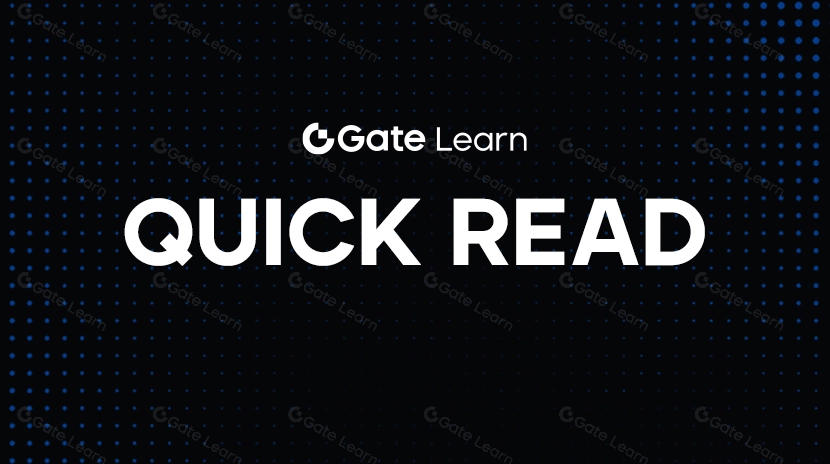
Прогноз ціни Bitcoin на 2025 рік
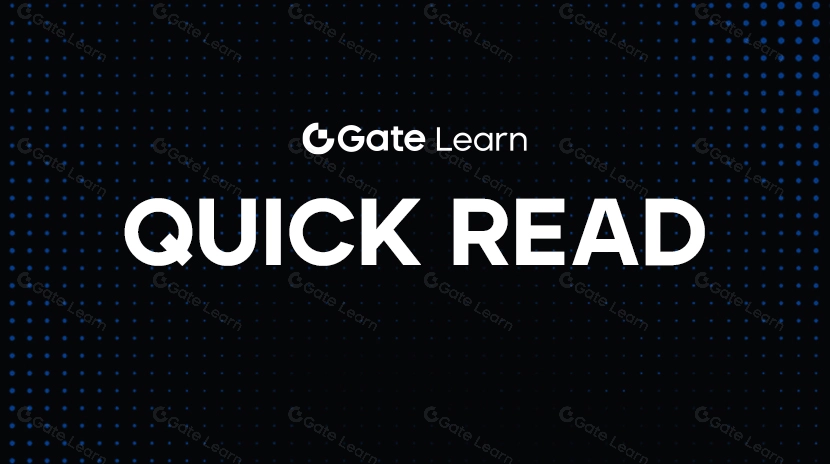
Аналізуючи взлом Bybit за допомогою нападу Radiant Multi-Signature на прикладі
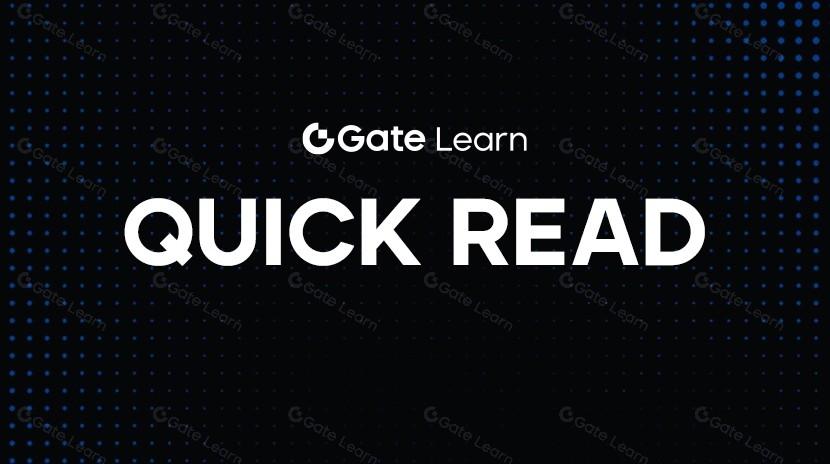
Які наступні покоління криптовалюти варто купити? Посібник на 2025 рік
